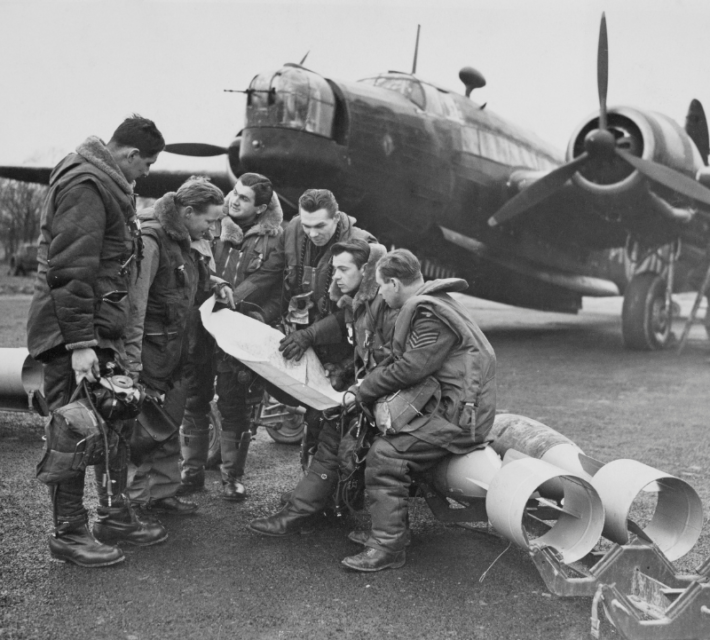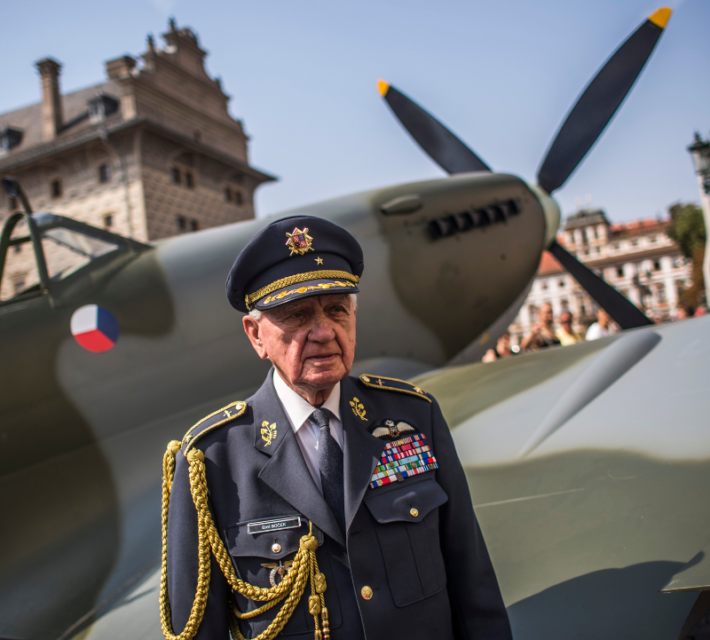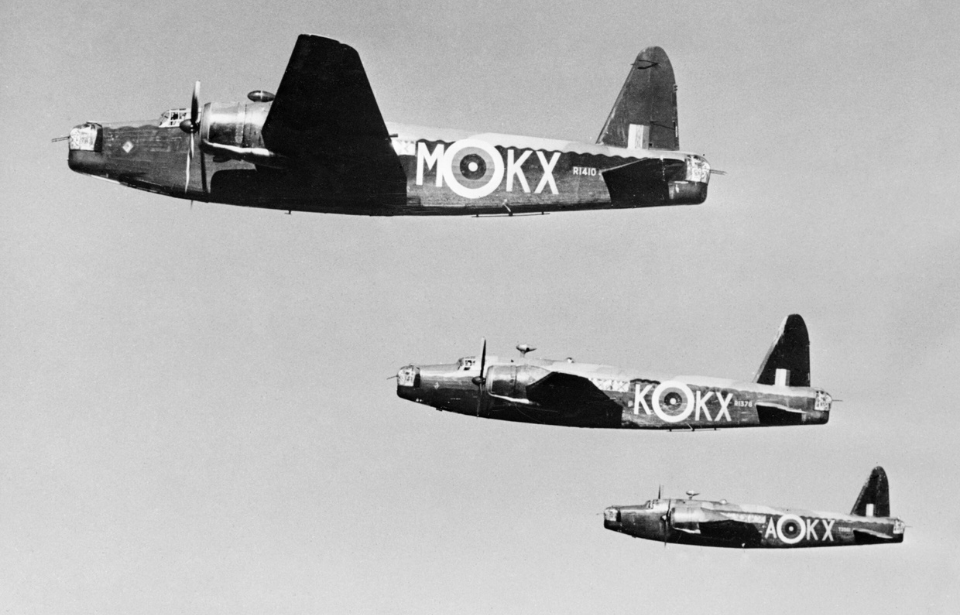The remains of a Czech aircrew have been found within the wreckage of a Vickers Wellington bomber that crashed in the Netherlands during WWII. The remains have been found as part of a Dutch project to recover the crews of missing WWII servicemen.
Shot down in 1941
The Wellington bomber and its crew of six and were shot down by a German night fighter during an attack on Bremen in June 1941, crashing in the small village of Nieuwe Niedorp, about 40 miles from Amsterdam.
As the burning aircraft fell from the sky, the pilot, Flight Sgt. Vilem Bufka, managed to escape. He descended with the use of his parachute, breaking his leg upon landing. Unfortunately, the five other crewmen were not so lucky and went down with the aircraft.
Bufka was captured by the Germans shortly after and taken to Colditz Castle in Germany, where he remained for the rest of the war, only returning back to Czechoslovakia in August of 1945. Later in life, he wrote a memoir of his experience. He died in 1967 from poor health.
The men who died in the crash were co-pilot Alois Rozum, radio operator Leonhard Smrcek, front gunner Jan Hejna, rear gunner Karel Valach, and navigator Vilem Konstacky.

The men were part of 311 Squadron, an RAF bomber squadron that was comprised entirely of Czechoslovakian airmen, the only one of its kind. The squadron flew Vickers Wellington bombers and eventually Consolidated B-24 Liberators.
Many of the squadron’s crews had fought against and then fled the Nazi occupation of Czechoslovakia, before participating in the Battle of France. After France fell, they then retreated further to England, where they once again signed up to fight the Nazis.
The squadron was based at RAF East Wretham, Northfolk. Throughout its time with the RAF, 311 Squadron suffered heavy losses.
Recovering the men
The recovery of the remains, which began on May 25, has involved the Dutch military, civil engineers, and military forensics specialists. The site has been visited by the Czech Ambassador to the Netherlands, Katerina Sequensova. Pieces of clothing and bone fragments have been found within the wreckage of the Wellington bomber.
Ambassador K. Sequensová visited on June 3, 2021, the Dutch Nieuwe Niedorp, where work began on recovery an RAF bomber shot down on June 23, 1941 with the remains of 5 members of the Czech crew. See also:https://t.co/nOMnbKgmhs pic.twitter.com/BCgmdnolic
— Czech Embassy The Hague (@CzechEmbassyNL) June 4, 2021
The Czech Foreign Ministry released a tribute to the lost crewmen, which contained information on the missing men. The tribute said the bomber’s rear gunner, Karel Valach had met an English girl named Doreen Francis Todd, and they married on the 10th of December 1940. Todd gave birth to their son in 1941.
Missing airmen in the Netherlands
The Czech crew of the Wellington bomber are one of many who went missing during WWII. It is estimated that over 5,000 aircraft crashed in the Netherlands during the war. The majority of these were British aircraft that were downed on their way to Germany, but many German aircraft were also shot down over the country.

According to expert research, it is believed that of all the airmen who were declared missing in action over the Netherlands, 1,085 are still undiscovered. Of the missing men, around 600 are British, 228 American, and 247 German.
Many aircraft were likely lost to the large Lake IJssel and Madden sea, which makes the recovery of remains virtually impossible. However, many crashed on land, which can still make recovery hard, as an aircraft crashing at high speeds can burrow meters into the ground.
Despite the efforts of victims’ families to find their missing relatives, Dutch local councils are usually reluctant to help due to the massive costs of recovery, which can be as high as €500,000 for land recoveries and even more for aircraft underwater.
More from us: Soldier MIA During The Korean War Returned Home
It is possible that some crash sites don’t contain any remains, as the crew bailed out before impact, or the resulting explosion made recovering their bodies unfeasible.
Although these hurdles make the task of digging up aircraft a difficult and expensive task, the Dutch military has still managed to investigate 200 crash sites since the 1960s.
